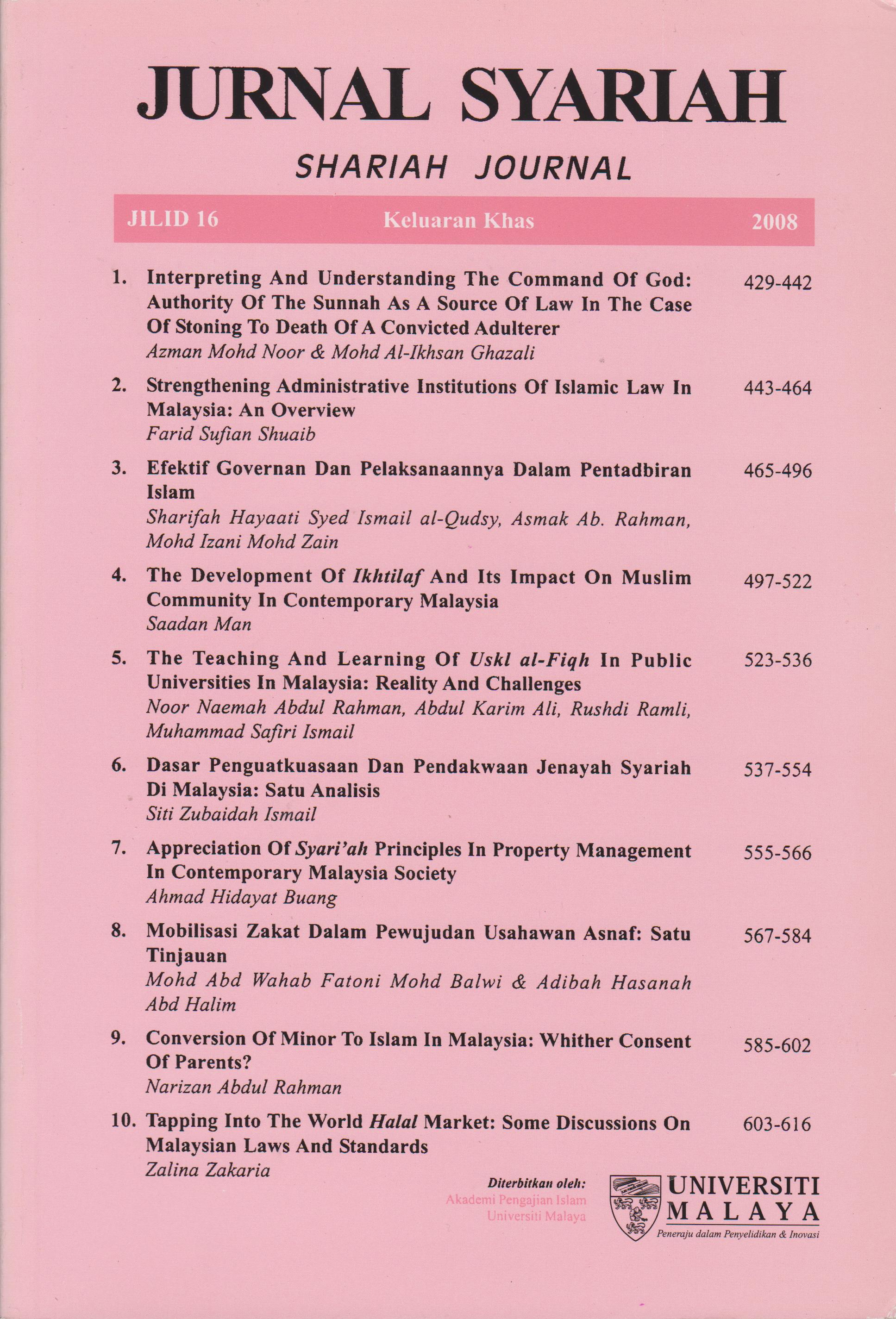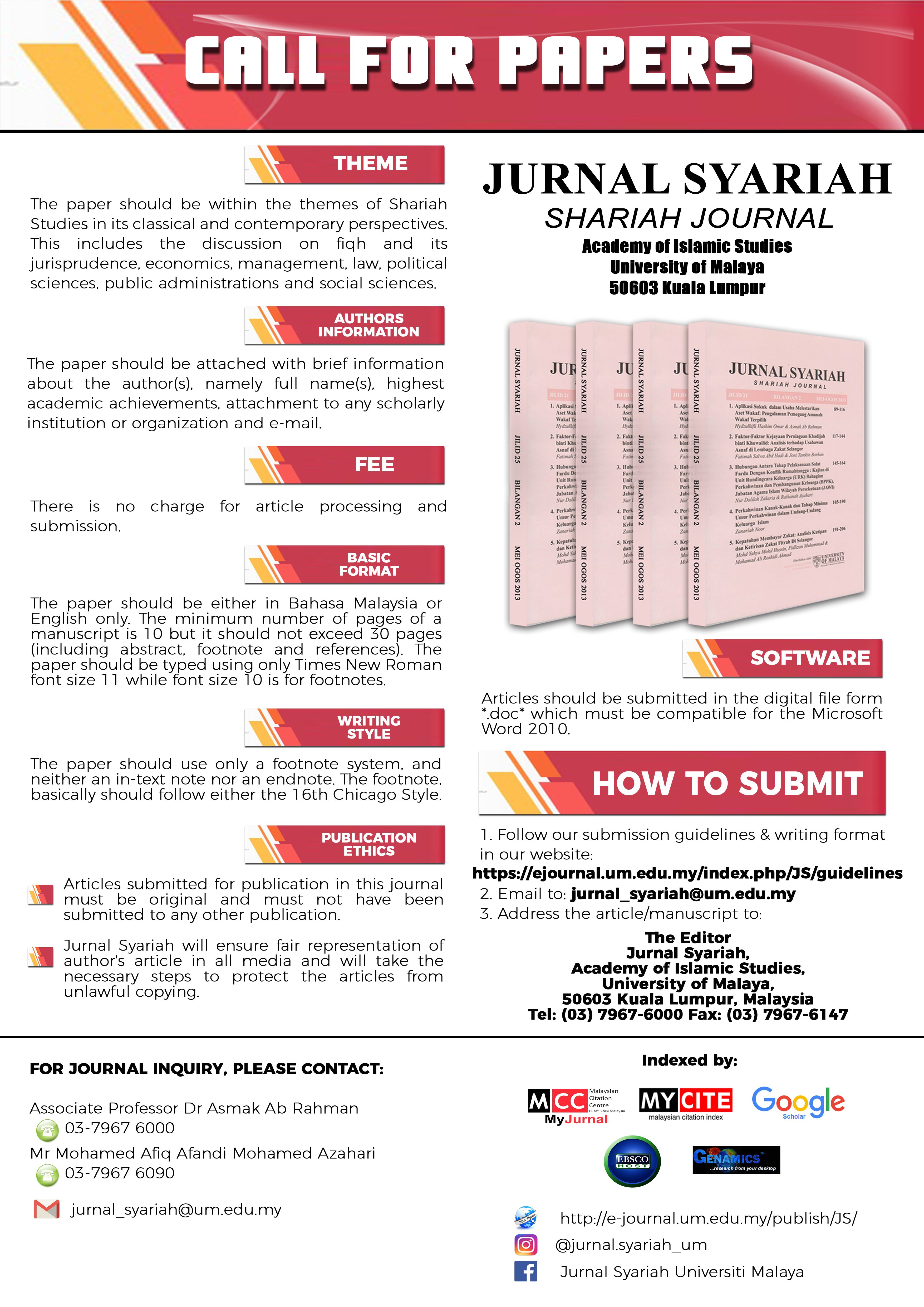POLYGAMY IN INDONESIAN ISLAMIC FAMILY LAW
Keywords:
Polygamy, Indonesian Legislation, Islamic Family LawAbstract
There were four main aims of the emergence of Marriage Law No. 1 of
1974. First of all, to restrict or even abolish child marriage; secondly, to
restrict polygamy; thirdly, to restrict the one-sided right of repudiation
(talaq); and lastly, to establish equal rights for husbands and wives.
In addition, the enactment (rule/Government Regulation/Peraturan
Pemerintah [PP] No. 10 of 1983 was also at the request of Dharma
Wanita (Official Sisterhood). Even though the number of wives of highranking
officials of Dharma Wanita was small, they were quite influential.
They claimed that their organization had received many complaints
from members about their husbands’ behaviour dealing with divorce,
polygamy and lack of financial support. Consequently, they demanded a
law to protect them from polygamy and divorce. This paper describes the
status of polygamy in the Indonesian Islamic Family Law, in particular
as it has been promulgated in Marriage Law No. 1 of 1974, Rule No.
9 of 1975, Rule No. 10 of 1983, and its comparison with other Islamic
Family Law in the contemporary. The main sources of the research are
Marriage Law No. 1 of 1974, Rule No. 9 of 1975, and Rule No. 10 of
1983. It is found that Indonesian Islamic Family Law is included in the
group that restricts the possibility of polygamy with some variations.
This group includes the majority of Muslim countries. Turkey, Tunisia
and that Druze Sect in Lebanon, are the only countries which prohibit
polygamy completely. Furthermore, concern for the application of laws
and its effect to social life are still debatable among scholars. Some
scholars view that it gives a positive effect, while others do not.
Downloads
Downloads
Published
How to Cite
Issue
Section
License
COPYRIGHT: All rights reserved. Not allowed to be reproduced any part of articles and contents of this journal in any form or by any way, whether electronic, mechanical, photocopying, recording or otherwise without permission in writing from the Chief Editor, Jurnal Syariah.



















